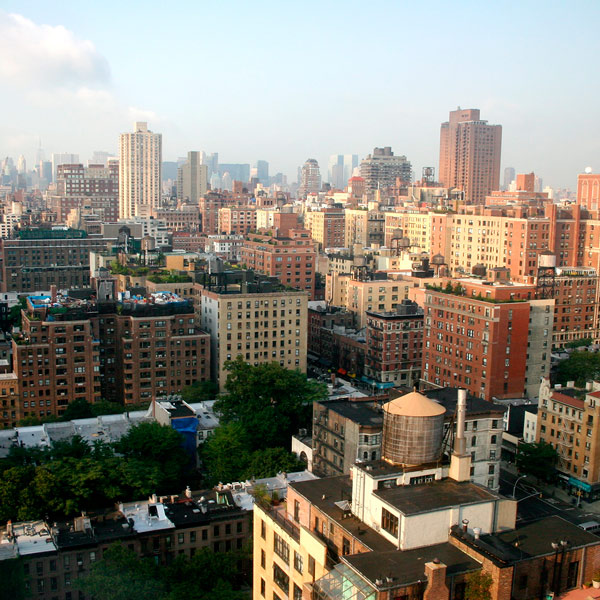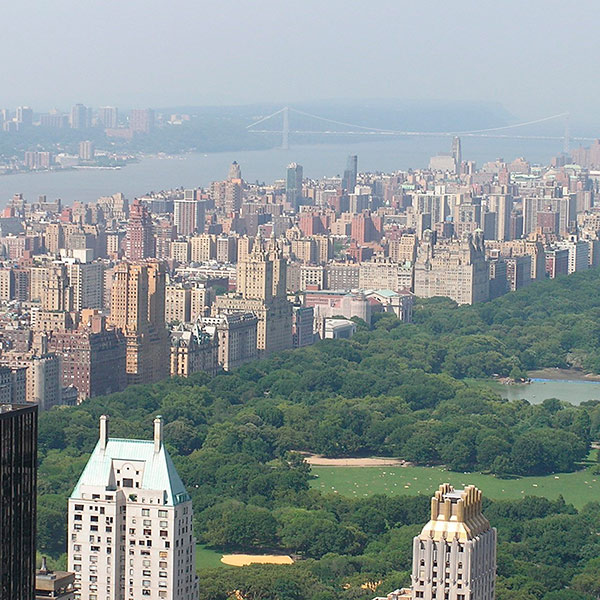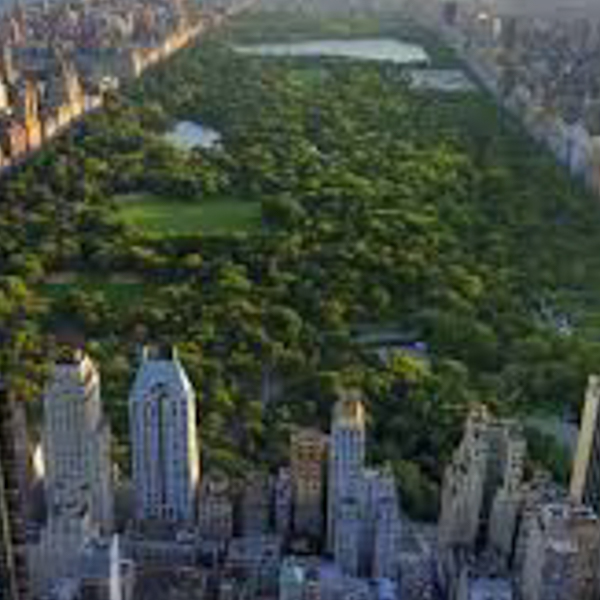Harlem
Harlem first came of age in 1920s as one of New York’s richest cultural centers, connected to the growth of the city’s jazz music and literary scenes. Over the last 10 years, both Harlem and East Harlem have seen another wave of revitalization as more people consider the opportunities that lay north of 125th Street.
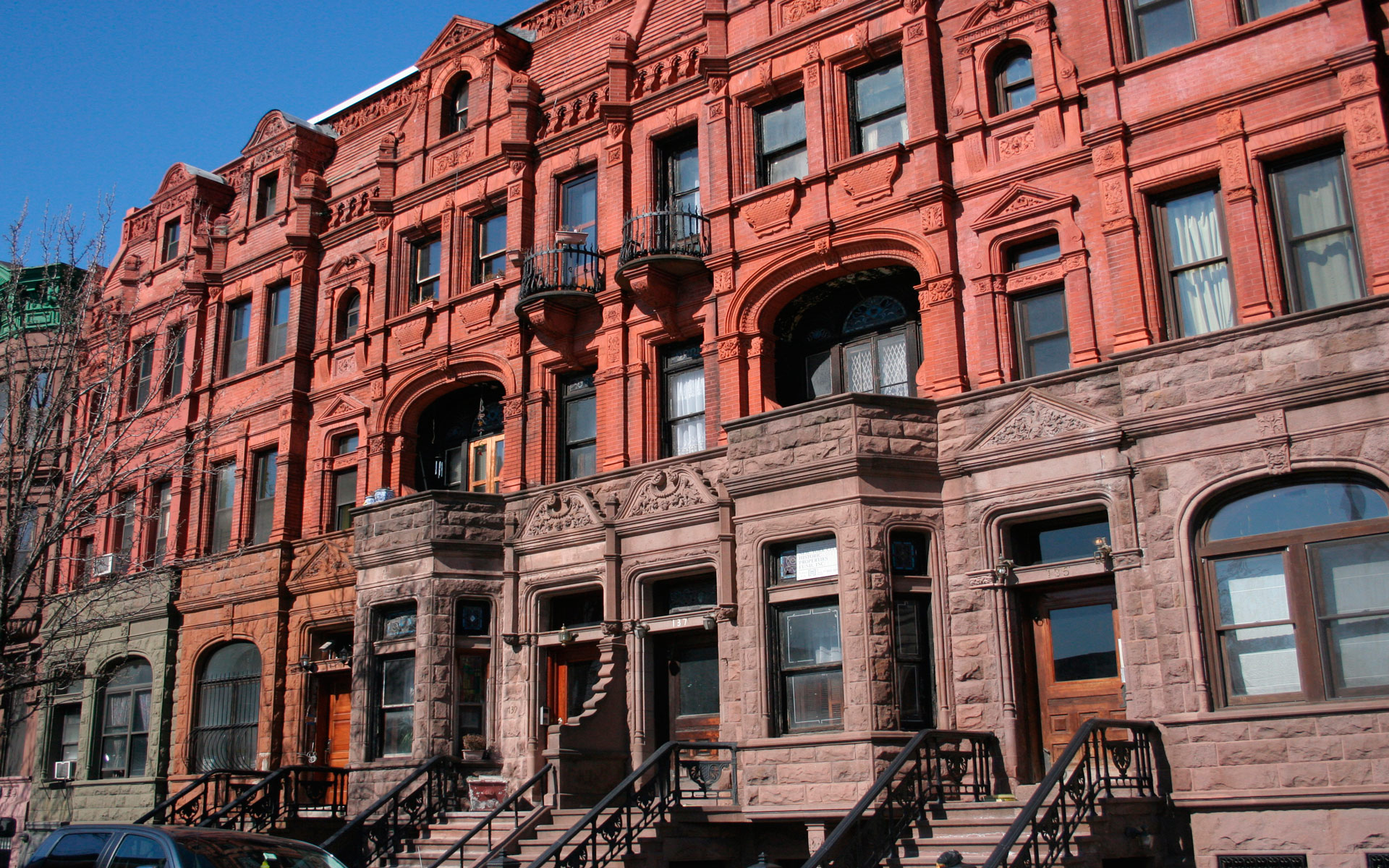
Where Is
The Locals
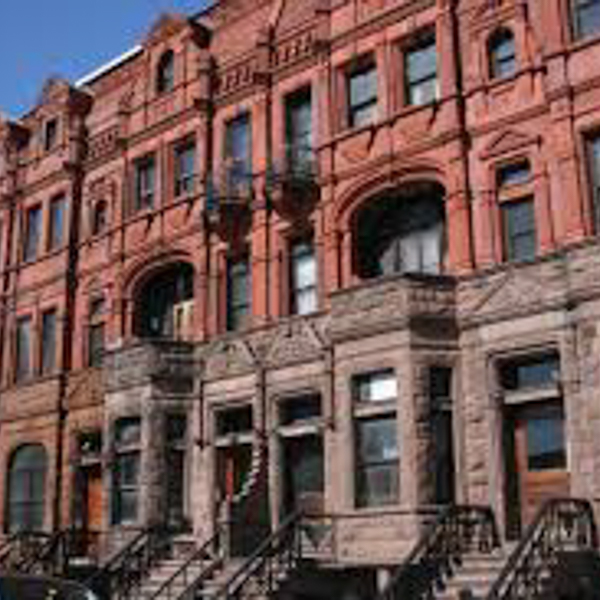
What's to Love
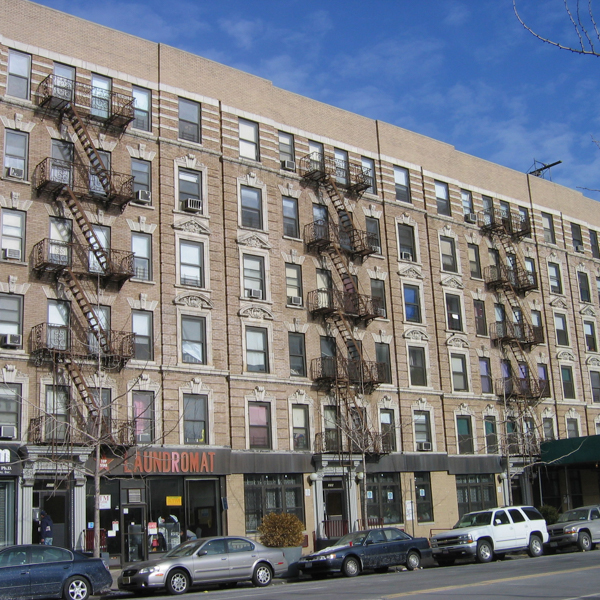
What's Not to Expect
Harlem has plenty of bars and socialization but offers neither a hyperactive all-night party scene nor the kind of upscale experiences found in lower Manhattan. Also, commuting times to downtown Manhattan are obviously longer here.
Harlem Look & Feel
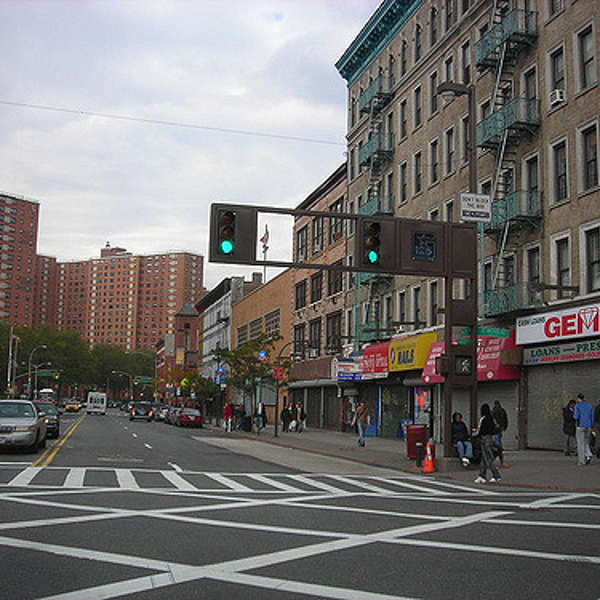
Great Eats Cool Drinks & Nights Out & Entertainment
Though some of New York’s best restaurants can be found just south in Midtown West, the Upper West Side holds its own with a number of great options for residents and visitors.
Top picks:
- The Cecil & Minton’s: African-Asian fusion cuisine and accompanying jazz club
- Sushi Inoue: the top sushi restaurant in Harlem
- Rao’s: iconic Italian-American restaurant that’s been in operation since 1896
- Cafe Ollin’s: authentic, low key Mexican
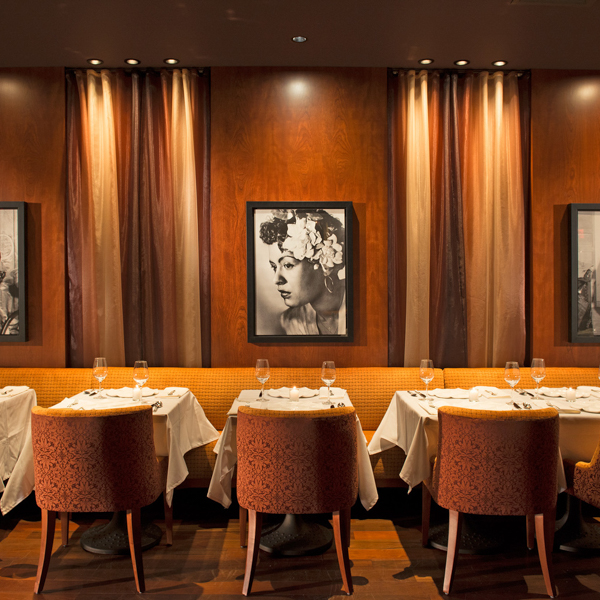
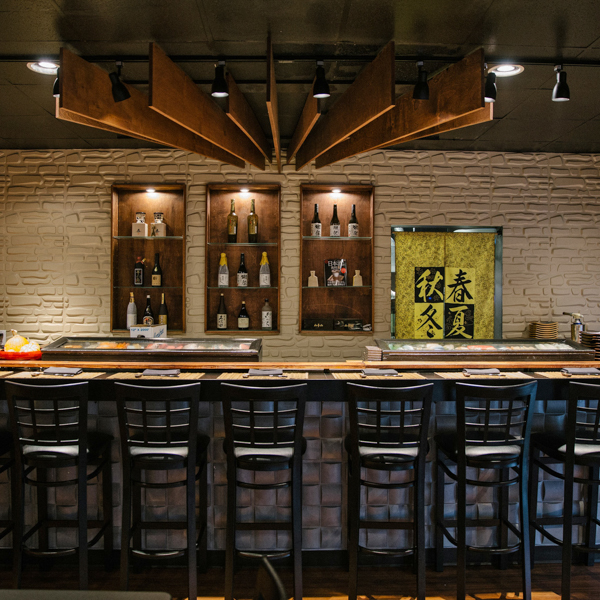
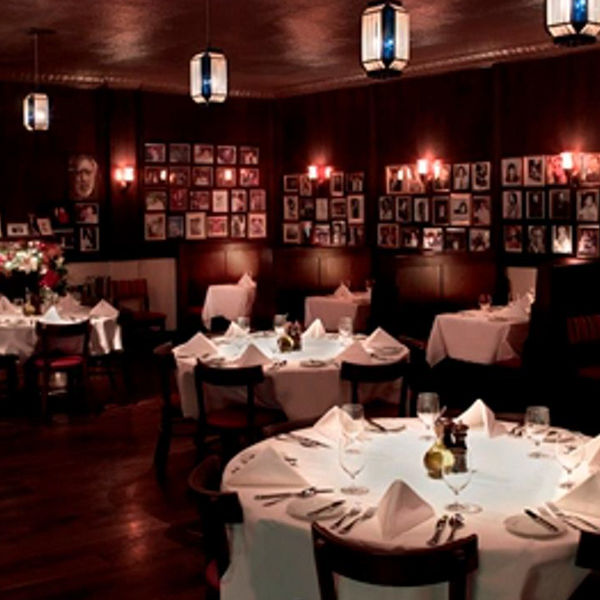
Parks & Rec
Harlem has a number of greenspaces of varying sizes that serve the community well, including Jackie Robinson Park, Marcus Garvey Park (with swimming pool), and St. Nicholas Park. Each functions both as recreational area and ad-hoc outdoor community center.
Guest Lodging
Compared to midtown, Harlem has few hotels and even fewer upscale options for lodging. Aloft Harlem is probably the best recommendation here, with the rest being budget options.
Public Transportation
Central Harlem is well-served by the A/B/C/D and 2/3 subway lines but East Harlem suffers from the same issue as the rest of Manhattan’s upper east, having only the 4/5/6 trains on Lexington Avenue. The long-planned Second Avenue Subway is set to open later this decade, which should improve things considerably as well as generate more interest in properties located along those areas of East Harlem.
Transportation options: 2 3 A B C D Bus service
Car Travel
Street parking, though it isn’t easy to come by, can be found on many of the streets in Harlem. The hassle of finding an open spot may be frustrating enough for some to still consider renting a garage spot for their vehicle to avoid it all.
LaGuardia: 15-30 minutes
JFK: 35-50 minutes
Newark: 50-75 minutes
Harlem also has easy access to the West Side Highway and Harlem River Drive for out of town getaways.
Yellow cabs for passenger pickup are also readily available just about anywhere. Distance from main airports by car:
LaGuardia: 15-30 minutes
JFK: 35-50 minutes
Newark: 50-75 minutes
